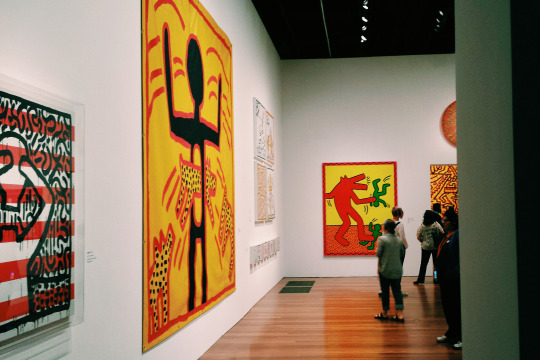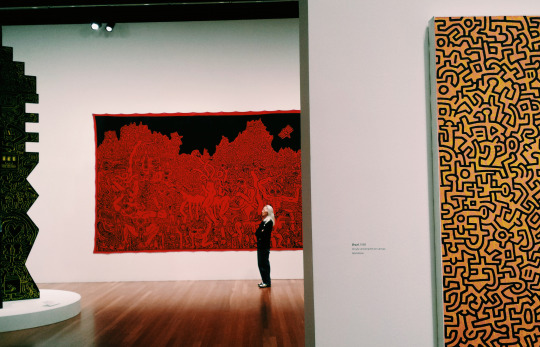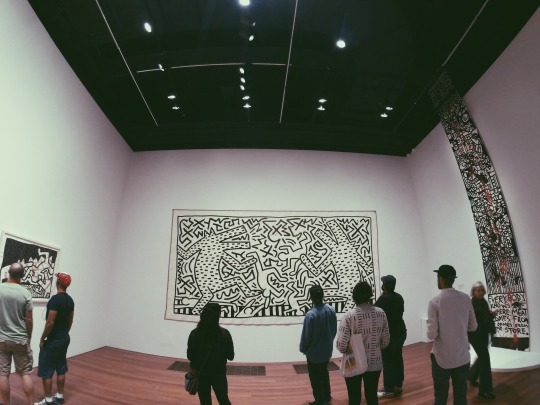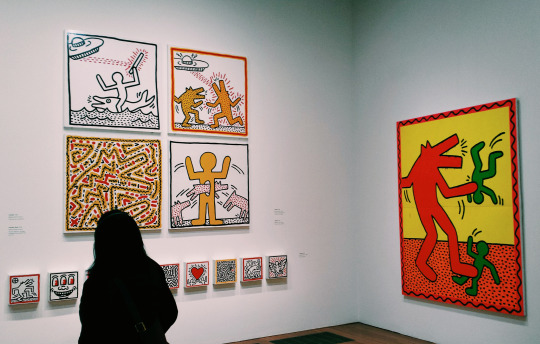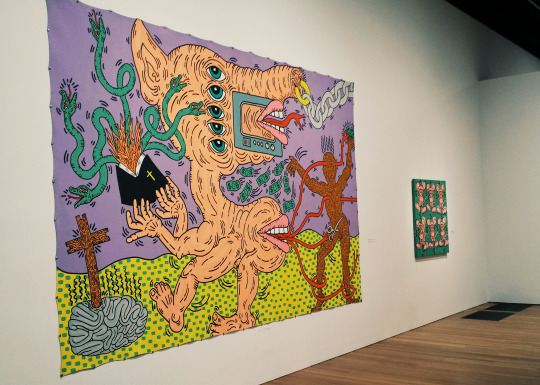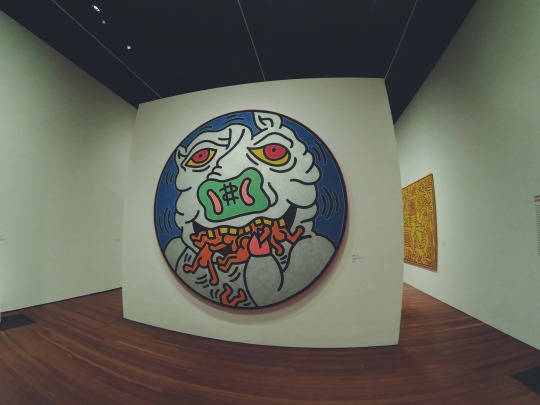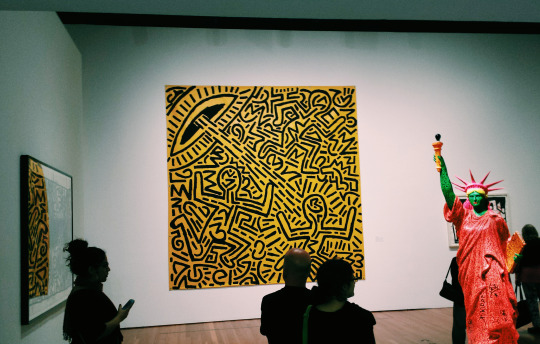Photo

100 sketches - #9
(strange fruit - billie holiday)
my new sketchbook has one hundred pages. i’ll be posting the sketches one everyday, without prejudice until the book is completed. it will be my diary of this time. everything i see, the animals i meet, my thoughts will all be there.
questions and comments are welcome.
11 notes
·
View notes
Photo

Surrealist painter Yves Tanguy, born this day in 1900, was self-taught.
[Yves Tanguy. Mama, Papa Is Wounded! 1927]
915 notes
·
View notes
Photo

In 1974, Joseph Beuys did a performance called I Love America, and America Loves Me where he lived in a gallery with a wild coyote for seven days as a symbolic act of reconciliation with nature. In 1996, Tracey Emin lived in a locked room in a gallery for fourteen days, with nothing but a lot of empty canvases and art materials, in an attempt to reconcile herself with paintings. Viewed through a series of wide-angle lenses embedded in the walls, Emin could be watched, stark naked, shaking off her painting demons. Starting by making images like the artists she really admired (i.e. Egon Schiele, Edvard Munch, Yves Klein), Emin’s two-week art-therapy session resulted in a massive outpouring of autobiographical images, and the discovery of a style all her own. The room was extracted in its entirety, and now exists as an installation work.
Tracey Emin
Exorcism of the Last Painting I Ever Made (detail)
16K notes
·
View notes
Photo


In Norwegian artist Per Kristian Nygård’s most recent installation, “Not Red But Green,” a lush, hilly lawn spilled out of NoPlace in Oslo. Its manicured grass resembled a scene from a well-kept park, not a gallery, effectively conflating the boundaries between indoors and outdoors. Nygård’s work is conceptual and cryptic. He describes the inspiration for “Not Red But Green” coming from a fever dream he experienced during a bout of the flu. In his vision, he discovered a lump on his body and imagined himself traversing a crater of flesh and a forest of hair. The hills in the installation came from this personal nightmare, but regardless of their backstory, they create a disorienting viewing experience that asks one to question the ways we commodify natural phenomena for human consumption. See more on Hi-Fructose.
1K notes
·
View notes
Photo

How did Matisse go from Dance (I) to cut-outs? Assistant curator Samantha Friedman explains.
[Henri Matisse. Dance (I). Paris, Boulevard des Invalides, early 1909. Oil on canvas, 8′ 6 1/2″ x 12′ 9 1/2″ (259.7 x 390.1 cm). The Museum of Modern Art, New York. Gift of Nelson A. Rockefeller in honor of Alfred H. Barr, Jr. © 2014 Succession H. Matisse/Artists Rights Society (ARS), New York]
1K notes
·
View notes
Quote
"She anticipated the world we now all inhabit with its craze for cybernetic overload and appropriation."
W magazine on Sturtevant, whose work is now on view. (via moma)
90 notes
·
View notes









